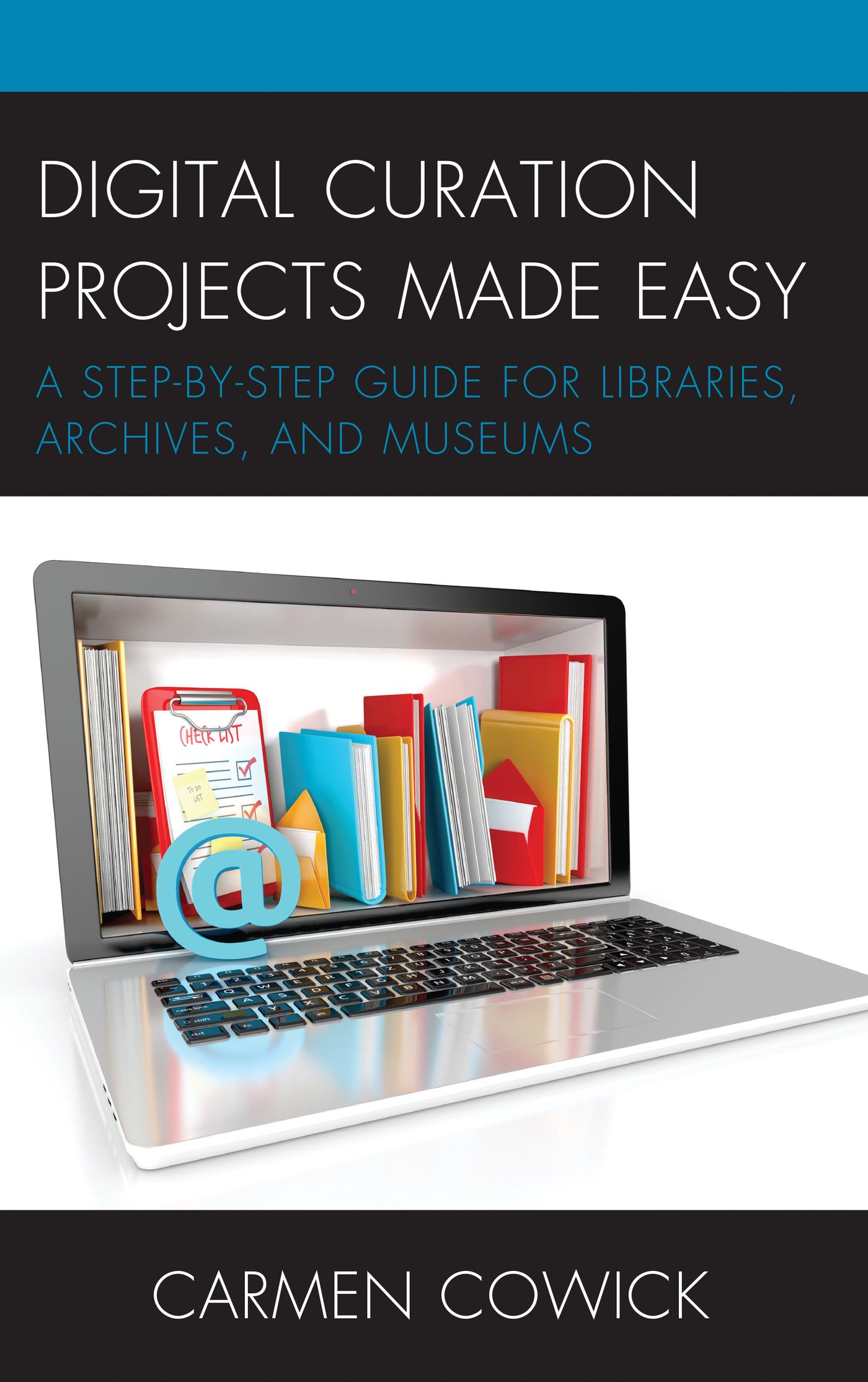Digital Curation Projects Made Easy
LIBRARY INFORMATION TECHNOLOGY ASSOCIATION (LITA) GUIDES
Marta Mestrovic Deyrup, Ph.D.
Acquisitions Editor, Library Information and Technology Association, a division of the American Library Association
The Library Information Technology Association (LITA) Guides provide information and guidance on topics related to cutting edge technology for library and IT specialists.
Written by top professionals in the field of technology, the guides are sought after by librarians wishing to learn a new skill or to become current in todays best practices.
Each book in the series has been overseen editorially since conception by LITA and reviewed by LITA members with special expertise in the specialty area of the book.
Established in 1966, LITA is the division of the American Library Association (ALA) that provides its members and the library and information science community as a whole with a forum for discussion, an environment for learning, and a program for actions on the design, development, and implementation of automated and technological systems in the library and information science field.
Approximately 25 LITA Guides were published by Neal-Schuman and ALA between 2007 and 2015. Rowman & Littlefield took over publication of the series beginning in late 2015. Books in the series published by Rowman & Littlefield are:
Digitizing Flat Media: Principles and Practices
The Librarians Introduction to Programming Languages
Library Service Design: A LITA Guide to Holistic Assessment, Insight, and Improvement
Data Visualization: A Guide to Visual Storytelling for Librarians
Mobile Technologies in Libraries: A LITA Guide
Innovative LibGuides Applications
Integrating LibGuides into Library Websites
Protecting Patron Privacy: A LITA Guide
The LITA Leadership Guide: The Librarian as Entrepreneur, Leader, and Technologist
Using Social Media to Build Library Communities: A LITA Guide
Managing Library Technology: A LITA Guide
The LITA Guide to No- or Low-Cost Technology Tools for Libraries
Big Data Shocks: An Introduction to Big Data for Librarians and Information Professionals
The Savvy Academic Librarians Guide to Technological Innovation: Moving Beyond the Wow Factor
Augmented and Virtual Reality in Libraries
Digital Curation Projects Made Easy: A Step-By-Step Guide for Libraries, Archives, and Museums
Digital Curation Projects Made Easy
A Step-by-Step Guide for Libraries, Archives, and Museums
Carmen Cowick
ROWMAN & LITTLEFIELD
Lanham Boulder New York London
Published by Rowman & Littlefield
An imprint of The Rowman & Littlefield Publishing Group, Inc.
4501 Forbes Boulevard, Suite 200, Lanham, Maryland 20706
www.rowman.com
Unit A, Whitacre Mews, 26-34 Stannary Street, London SE11 4AB
Copyright 2018 by American Library Association
All rights reserved. No part of this book may be reproduced in any form or by any electronic or mechanical means, including information storage and retrieval systems, without written permission from the publisher, except by a reviewer who may quote passages in a review.
British Library Cataloguing in Publication Information Available
Library of Congress Cataloging-in-Publication Data Available
ISBN 9781538103500 (cloth: alk. paper) | ISBN 9781538103517 (pbk. : alk. paper) | ISBN 9781538103524 (electronic)
 TM The paper used in this publication meets the minimum requirements of American National Standard for Information Sciences Permanence of Paper for Printed Library Materials, ANSI/NISO Z39.48-1992.
TM The paper used in this publication meets the minimum requirements of American National Standard for Information Sciences Permanence of Paper for Printed Library Materials, ANSI/NISO Z39.48-1992.
Printed in the United States of America
Preface
Taking on a digital curation project may feel like a daunting task. It seems like every day there is news about a new digital project that some organization is undertaking, and it is not hard to feel left in the dust. Rest assured that you are not alone; many organizations would very much like to take on a digital curation project but simply do not know where to begin. While there are a variety of resources out there, very few focus on the absolute, complete beginner. Digital Curation Projects Made Easy is aimed at the digital curation novice and is broken down into two sections for an easy grasp on the subject.
The first part of this book will start with a basic introduction to the topic, focusing on defining digitization, digital preservation, digital curation, and their importance; if digitization is right for your project; and what is needed to get a digital project started. The first chapter contains general guidelines that will be applicable to any and every digital curation project you choose. Each following chapter will look at a variety of projects that are most popular with libraries, archives, and museums and will have specific guidelines that are unique to its corresponding project.
Digital Curation Projects Made Easy is not intended to be read from front to back; think of this book as more of a reference guide, something to keep on the shelf and pull out each time you take on a new digital curation project. Each chapter in part II of this book is self-sufficient for the most part, containing step-by-step guides for each project, with examples, templates, and checklists to help you through.
Part I
The Basics
Chapter 1
Introduction
Before you can begin to take on a digital curation project, we must discuss the differences between digitization, digital preservation, and digital curation. A digital curation project will involve both digitization and digital preservation, but they are not the same. Lets examine these terms in depth.
Defining Digitization
Digitization is the process of taking a physical or analog object and creating a digital copy of that object. Digitization is often mistaken for digital preservation, and many times they are used interchangeably even though they are not the same thing. It is important to understand that digitization is not preservation; digitization is about providing access, while digital preservation is about caring for the digital object in the same way you would care for a physical or analog object. In fact, your digital object will probably need much more care than any physical object in your collection because of issues like bit rot, file format obsolescence, and hardware/application obsolescence. In other words, scanning or photographing an object to create a digital object is digitization, while digital preservation involves a different set of goals and tasks, which we will discuss later on in this chapter.
The Advantages of Digitization
Digitizing items can be costly in terms of both time and money, so it is important to be aware of the many advantages of digitizing items in your collection. These advantages can help convince administrators, board members, and other interested parties that digitizing your objects is worthwhile. Lets take a look at the most common advantages in detail.
Expanded Access
Unlike the physical items in your collection, digital objects offer access to those who cannot come to your facilities. This means users from another city, state, or country can view your materials. Expanded access increases your organizations visibility, opening the door to future collaboration with other organizations and providing opportunities for future funding as well. It is not only physical barriers that are removed with digital preservation but also time barriers. Your digital items are available to users any time of the day and any time of the year. You will see an increase in users when they know they can research items in the middle of the night or on a holiday.

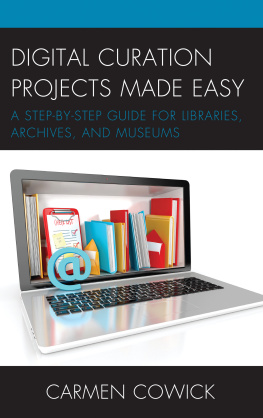
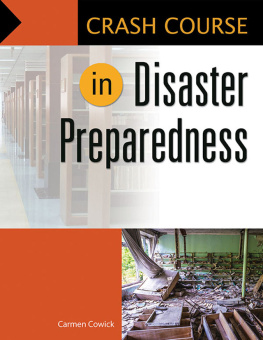


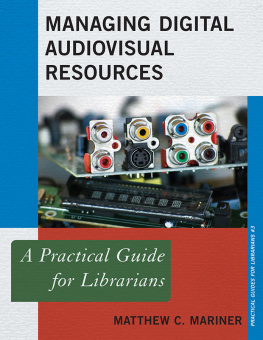
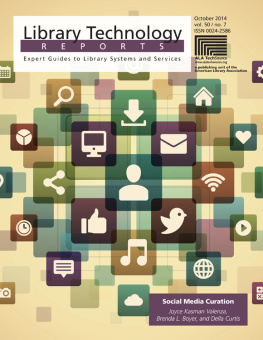

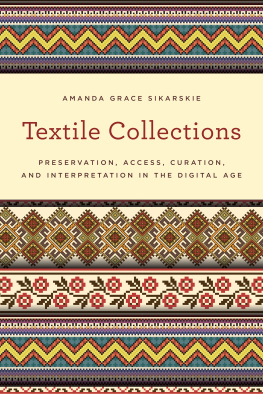

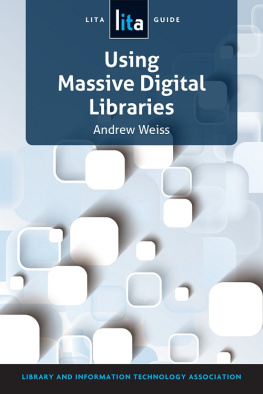
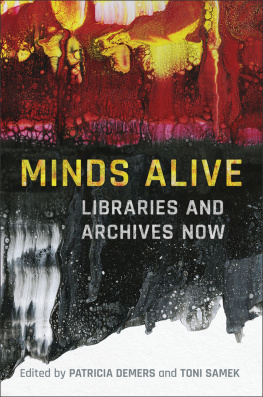
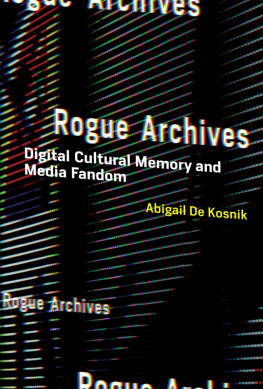
 TM The paper used in this publication meets the minimum requirements of American National Standard for Information Sciences Permanence of Paper for Printed Library Materials, ANSI/NISO Z39.48-1992.
TM The paper used in this publication meets the minimum requirements of American National Standard for Information Sciences Permanence of Paper for Printed Library Materials, ANSI/NISO Z39.48-1992.